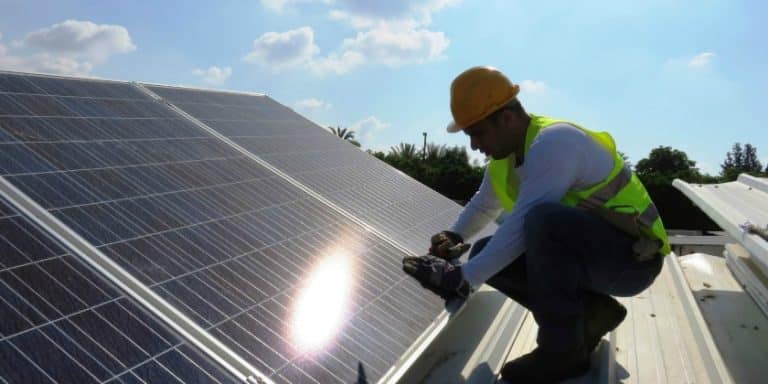
Jobs growth in the solar PV industry
As of 2024 the solar workforce in the U.S. has grown to over 280,000 full time jobs and another 90,000 part time jobs. That is

As of 2024 the solar workforce in the U.S. has grown to over 280,000 full time jobs and another 90,000 part time jobs. That is
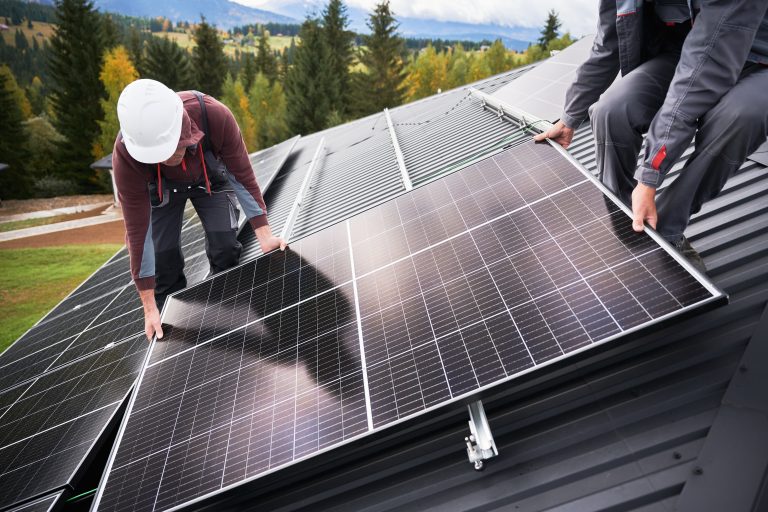
More and more people are starting to look for alternative means of power for their homes and business’. Some consumers are simply tired of the
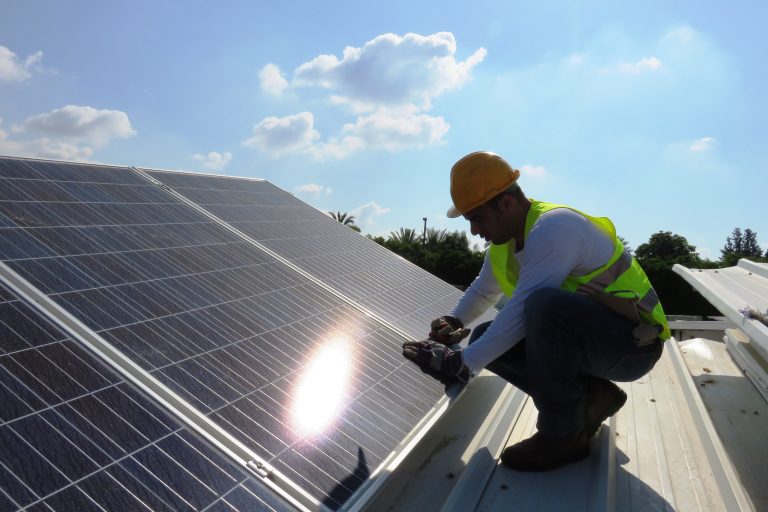
The most common training support for unexperienced new hires is on-the-job-training (OJT). This is the case for several reasons that revolve around time constraints such
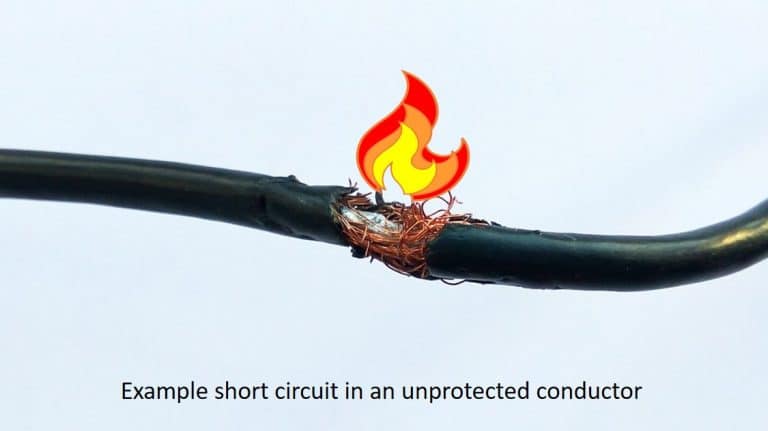
Minimum Requirements of the NEC With PV Systems Don’t let the title of this blog fool you. This is not about how to get by
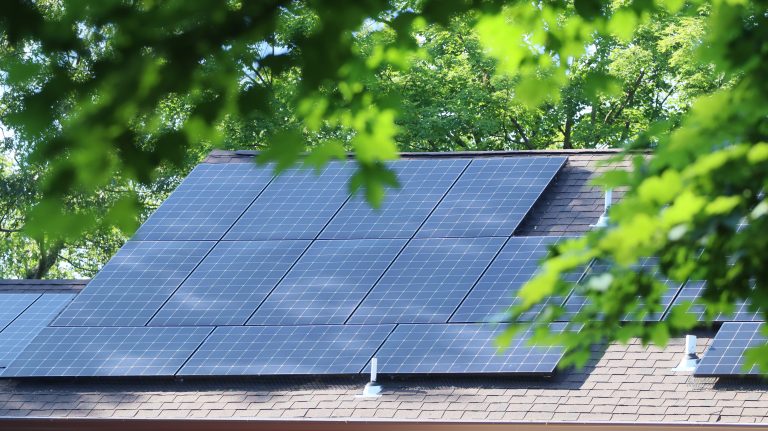
Selling PV Systems! Educating or Misleading Customers?
Selling has many connotations as well as definitions. These fall into two general categories, educating and misleading the potential customer.
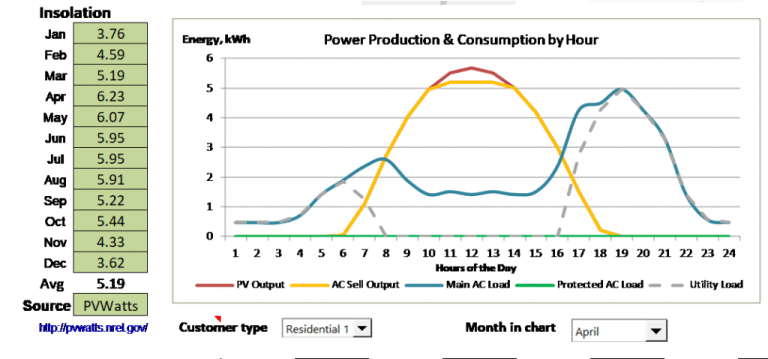
How much energy is lost due to inverter clipping when the power form the PV array far exceeds the inverter output rating? And under what conditions do the losses occur?
Today’s interactive inverters allow high PV to inverter size ratios. An example 7.7kW residential inverter allows a PV array STC input rated up to 12.32kW; that is a 160% oversizing. Some utility scale central inverter design allows up to 200% oversizing of the PV array.
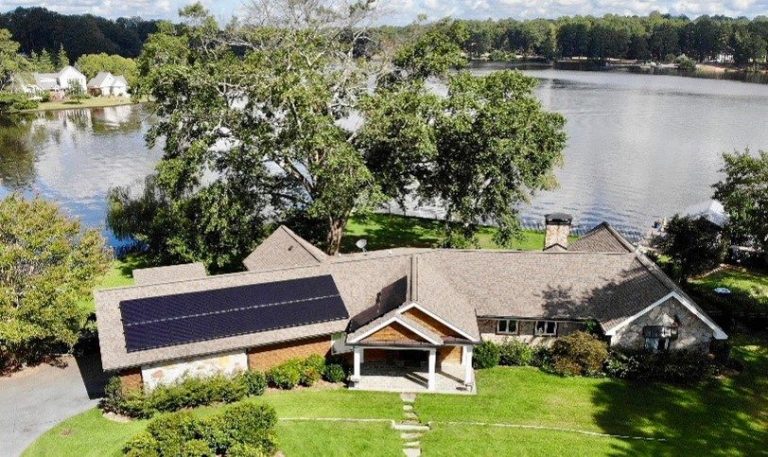
There are many elements involved in achieving this perfect design that is just right for the customer. If you know these elements, it makes the goal very attainable. The first one is to provide the customer with what they want and need; these two may not be the same and the need may sometimes have to stand in for what they want. Everything else falls under this one heading.

The quantity of new products entering the solar storage sector is growing at a fast pace. That can cause confusion with selecting a system; especially since there are many differences in how they are configured and operate. In this article I am going to break them down into categories and key differences to help simplify the process of selecting the best system for your needs.
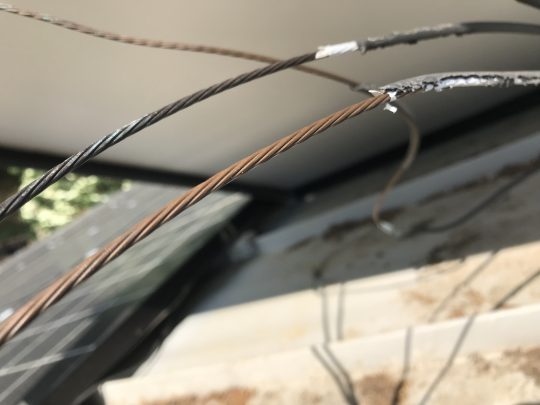
Cable management is difficult with rooftop PV installations because the array is coplanar to the roof and it is difficult to see and access the cables once each module is in installed. There are two major issues that occur with these types of installations.

As far as pure energy goes, it doesn’t get better than solar energy. Photovoltaic (PV) energy technologies are improving and growing at an impressive rate. This industry hopes to be a major source of electrical energy on Earth in the not-too-distant future.